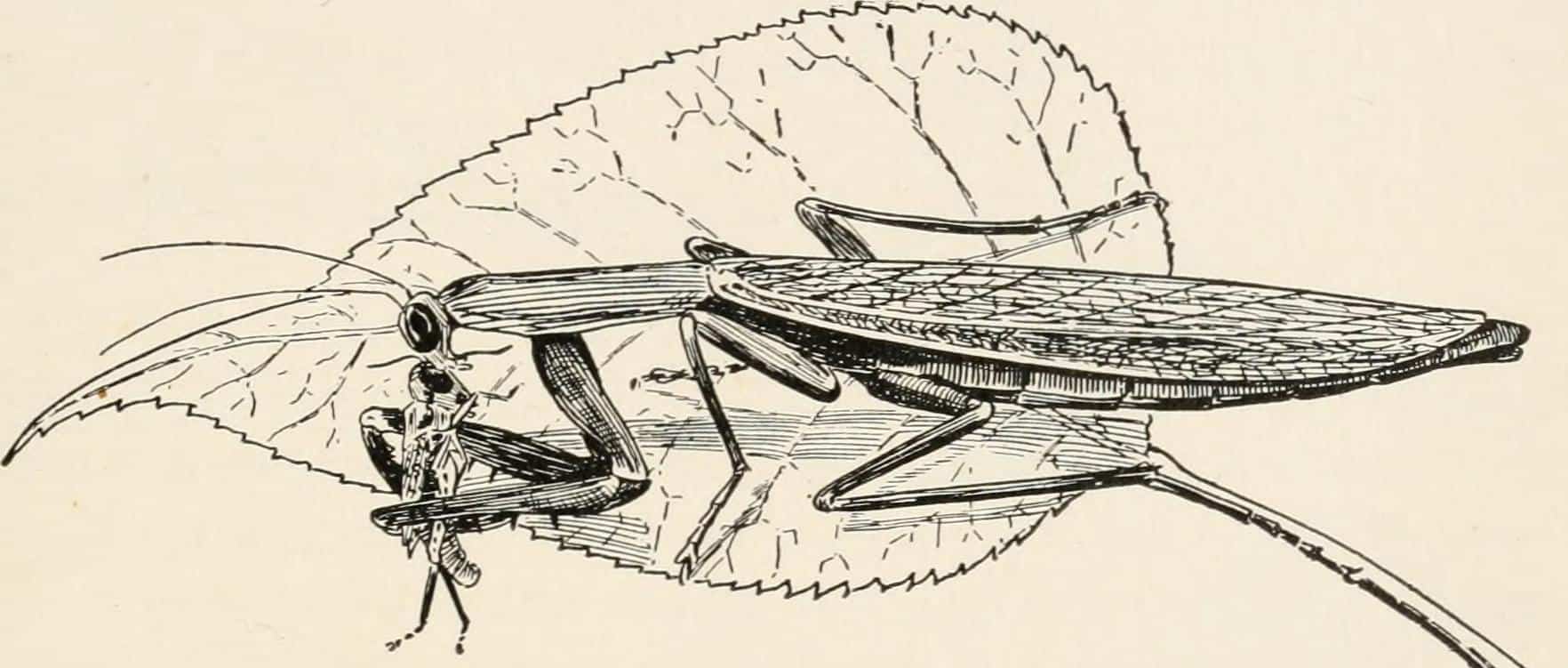Share this article
Over the past century, biology texts got the bugs out
Biology textbooks have changed over time, reflecting new discoveries and changes in society and the environment. But researchers recently found that introductory university textbooks today are leaving out an important part of the natural world that past students learned more about: insects.
“I became really interested in how our textbooks changed over time,” said Jennifer Landin, an associate professor at North Carolina State University.
Landin said she purchased a biology textbook from the 1930s just for fun and curiosity. The text contained horrifying mentions of eugenics and outdated subjects that would make scientists cringe today, but Landin noticed that its nature component was expansive.
Her find prompted a study published in American Entomologist. Looking through the university library, finding books online and visiting other universities, Landin and her colleagues turned up 88 textbooks published between 1907 and 2016. They reviewed the books, conducting a text and image analysis to determine what topics were covered. Insects, they found, had disappeared.
“If we compared the early 20th century to the 21st century textbooks today, there’s been a decline of 75 percent in insect coverage,” Landin said. From 1907 to 1920, the introductory biology textbooks they examined included an average of 32.6 pages about insects, or 8.8 percent of the text. But from 2000 to 2016, the textbooks only devoted about 5.67 pages to insects, less than 1 percent of the books.
The team concluded that these changes likely had to do with greater human interaction with insects a century ago, when the country was dealing more with insect-borne diseases and impacts on crops. “What we see is a decline in coverage around the time or after pesticides were being used substantially,” Landin said.
But today’s scant attention to insects may indicate something else, Landin suspects. “There’s a large number of studies showing a loss of natural history education and a decrease in kids or people getting outside and exploring,” she said. “This study reinforces that conclusion from a different angle.”
Landin suggests bringing issues like insects back to the forefront, especially in textbooks. “For me personally, environmental issues are pretty much the most important topic we’ll face in the future,” she said. “And yet, environmental coverage in the textbooks is really decimated compared to past textbooks. Obviously, if we’ve changed textbooks to reflect our society and values in the past, maybe it’s time to shift our focus again.”
Header Image: An image from a 1907 textbook shows the attention once given to the insect world. Researchers found insects were covered much more in biology textbooks in the 20th century. © Stephen Downes








